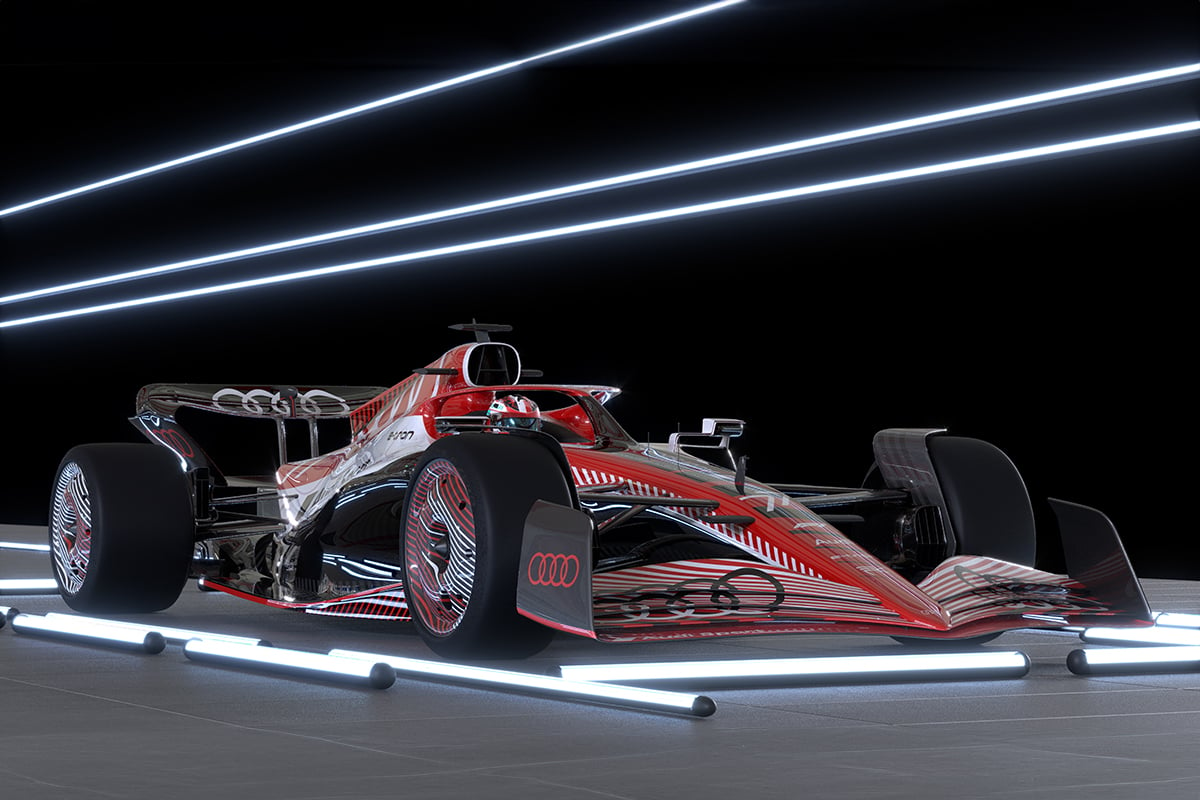Formula 1 (F1) racing stands as a pinnacle of technological advancement, not just for the racetrack but for everyday consumer cars. Within the high-octane world of F1, where every fraction of a second matters, innovations are bred that eventually find their way into the cars we drive on city streets. Let’s take a thrilling ride through the innovations that have transitioned from F1 tracks to the mainstream automotive market.
One of the most prominent advancements that originated in F1 and has since become a staple in consumer cars is the paddle shifter. Initially designed to minimize gear-shifting time in F1 cars, paddle shifters have now become ubiquitous in everyday automobiles, providing drivers with a seamless and exhilarating driving experience. The convenience and performance enhancements offered by paddle shifters have transformed them from a luxury feature in supercars to a common inclusion in mass-produced vehicles.
Carbon fiber, another game-changing innovation introduced to F1 by McLaren in the 1980s, has revolutionized the automotive industry. By replacing metal with this lightweight yet durable material in the construction of car tubs, McLaren significantly reduced weight while maintaining safety standards. This breakthrough quickly found its way into consumer cars, where carbon fiber is now utilized in various components, enhancing both performance and aesthetics.
The adoption of hybrid engines in F1 marked a significant shift towards eco-friendly solutions in the automotive world. Initially championed by automakers for their fuel efficiency, hybrid technology eventually made its debut on F1 tracks, where it continues to evolve. Today, advancements in energy recovery systems, honed in the crucible of F1 competition, are making consumer vehicles more sustainable and efficient than ever before.
While the journey of F1 technology to consumer cars is undoubtedly transformative, it is not without its challenges. F1 cars are engineered for speed and performance, whereas consumer vehicles must meet a myriad of standards encompassing safety, comfort, and durability. Bridging this gap requires meticulous adaptation and innovative engineering solutions to ensure that F1-inspired features seamlessly integrate into consumer cars.
Yet, the impact of F1 on the automotive industry cannot be overstated. From turbocharging to regenerative braking, the innovations born on F1 tracks continue to propel the automotive industry forward. As we navigate towards an era dominated by electric and autonomous vehicles, the legacy of F1 will serve as a guiding beacon, driving innovation and sustainability in the automotive landscape.







